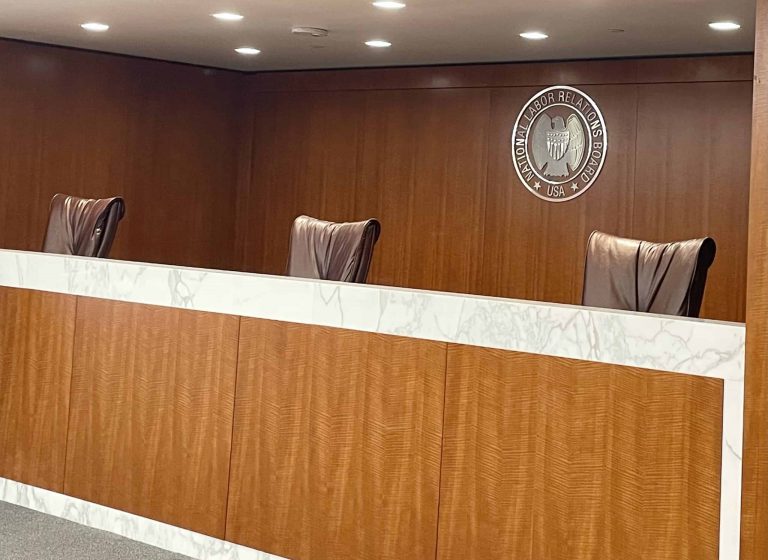
Maddie Chang is a student at Harvard Law School.
In today’s Tech@Work, contract workers who evaluate search results face layoffs, and a wider look into the tech industry’s “shadow workforce.”
Amidst a wider wave of tech layoffs, Search Engine Land reports on job cuts affecting Google’s “ghost workers” – a general term that refers to contract workers who work behind the scenes of tech platforms’ automated interfaces, often labeling and categorizing text and images to train AI systems. In this instance, Google contracted with firm Appen to provide “search quality raters.” Raters evaluate the quality of various Google search results in an effort to improve their relevance, trustworthiness, and expertise. Google’s $83 million contract with Appen will end in March, and it is unclear what or who will replace the search raters. Google search raters made headlines last February when they protested at Google’s Mountain View headquarters, asking for better wages and benefits. As MarketWatch reported at that time, raters were paid less than Google’s $15 minimum wage for its temporary, contractor and vendor (“TCV”) workers, because raters’ hours were capped such that they did not qualify for TCV pay.
In a separate but related development, Tech Equity Collective has released a new report focusing on contract workers in the tech industry, or what it calls tech’s “shadow workforce.” The report begins with a counterintuitive phenomenon: one might assume that AI would automate the lowest paid jobs and increase the need for higher-paid engineering roles, for example. But the report finds that AI is “displacing high-quality jobs at tech companies…and is creating many more lower-quality jobs in fields like content moderation and data training that are often outsourced to third-party agencies.” It notes these contracted roles have fewer labor protections and are often underpaid, as compared to workers who are directly employed by tech companies.
In drafting the report, Tech Equity Collective interviewed contract workers about their experiences and drew out five top issues. These include: job precarity, lack of voice in the workplace, and unequal pay for equal work. The report also finds that there are a disproportionate number of workers from under-represented racial, ethnic, and gender groups who work as contractors. Finally, interviewees said that the dual management structure (oversight by both the tech company and the subcontractor) serves as an impediment to advancement. Tasks and operations are managed by the tech company, while pay, benefits, and protections are managed by the contractor. Based on these themes, the report ends with, among other proposals, a call for legislation that improves conditions for contract and temporary workers, such as recent a New Jersey state law that creates pay parity for contractors.






Daily News & Commentary
Start your day with our roundup of the latest labor developments. See all
December 22
Worker-friendly legislation enacted in New York; UW Professor wins free speech case; Trucking company ordered to pay $23 million to Teamsters.
December 21
Argentine unions march against labor law reform; WNBA players vote to authorize a strike; and the NLRB prepares to clear its backlog.
December 19
Labor law professors file an amici curiae and the NLRB regains quorum.
December 18
New Jersey adopts disparate impact rules; Teamsters oppose railroad merger; court pauses more shutdown layoffs.
December 17
The TSA suspends a labor union representing 47,000 officers for a second time; the Trump administration seeks to recruit over 1,000 artificial intelligence experts to the federal workforce; and the New York Times reports on the tumultuous changes that U.S. labor relations has seen over the past year.
December 16
Second Circuit affirms dismissal of former collegiate athletes’ antitrust suit; UPS will invest $120 million in truck-unloading robots; Sharon Block argues there are reasons for optimism about labor’s future.